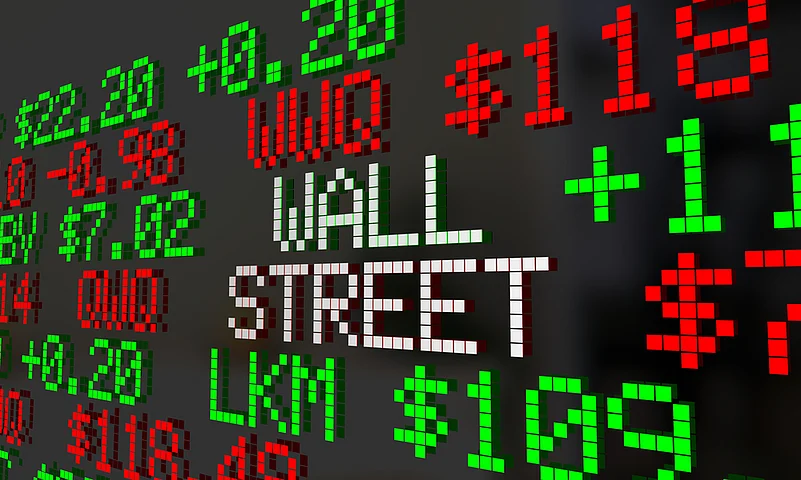European markets opened higher while Asian stocks fell on Monday following a record-setting day for US stocks, as China's stimulus package disappointed investor expectations.
Germany's DAX gained 1.2% to 19,440.95. In Paris, the CAC 40 added 1.1% to 7,418.83. Britain's FTSE 100 also rose 0.7%, to 8,129.57.
The futures for the S&P 500 were 0.3% higher and those for the Dow Jones Industrial Average were up 0.2%.
In Asia, China approved a 6 trillion yuan ($839 billion) plan during a meeting of its national legislature Friday. The long-anticipated stimulus is designed to help local governments refinance their mountains of debt in the latest push to rev up growth in the world's second-largest economy.
Advertisement
“It's not exactly the growth rocket many had hoped for. While it's a substantial number, the stimulus is less about jump-starting economic growth and more about plugging holes in a struggling local government system,” Stephen Innes of SPI Asset Management said in a commentary.
Meanwhile, China's inflation rate in October rose 0.3% year-on-year, according to the National Bureau of Statistics on Saturday, marking a slowdown from September's 0.4% increase and dropping to its lowest level in four months.
The Hang Seng fell 1.5% to 20,426.93, and the Shanghai Composite picked up from the losses in morning trading and ended 0.5% higher to 3,470.07.
Advertisement
Japan's benchmark Nikkei 225 hovered between gains and losses and closed less than 0.1% higher at 39,533.32. Australia's S&P/ASX 200 dipped 0.4% to 8,266.20. South Korea's Kospi fell 1.2% to 2,531.66.
On Friday, the S&P 500 rose 0.4% to 5,995.54, its biggest weekly gain since early November 2023 and briefly crossed above the 6,000 level for the first time. The Dow Jones Industrial Average climbed 0.6% to 43,988.99, while the Nasdaq composite added 0.1% to 19,286.78.
In the bond market, longer-term Treasury yields eased.
The yield on the 10-year Treasury slipped to 4.30% Friday from 4.33% late Thursday. But it's still well above where it was in mid-September, when it was close to 3.60%.
Treasury yields climbed in large part because the US economy has remained much more resilient than feared. The hope is that it can continue to stay solid as the Federal Reserve continues to cut interest rates in order to keep the job market humming, now that it's helped get inflation nearly down to its 2% target.
Some of the rise in yields has also been because of President-elect Donald Trump. He talks up tariffs and other policies that economists say could drive inflation and the US government's debt higher, along with the economy's growth.
Traders have already begun paring forecasts for how many cuts to rates the Fed will deliver next year because of that. While lower rates can boost the economy, they can also give inflation more fuel.
Advertisement
In other dealings Monday, US benchmark crude oil lost 8 cents to $70.30 per barrel in electronic trading on the New York Mercantile Exchange.
Brent crude, the international standard, gave up 20 cents, to $74.07 per barrel.
The dollar rose to 153.79 Japanese yen from 152.62 yen. The euro edged down to $1.0684 from $1.0723. (AP) SCY















 Just one email a week
Just one email a week